On Air Now
The Indie Night with Sophie Sveinsson 7pm - 11pm
4 May 2024, 15:00
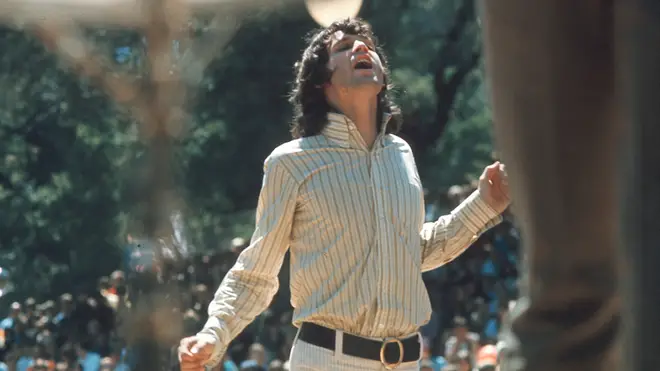
Was it the Isle Of Wight? Glastonbury? Or even Woodstock? Step forward the Fantasy Fair And Magic Mountain Music Festival!
Chances are you've never known a world without rock festivals. They first came to prominence in the late 1960s, and they've now become a firm fixture on the musical calendar.
But whose idea was it in the first place to gather people together in the open air to listen to live music? Which was the first modern rock festival to take place?
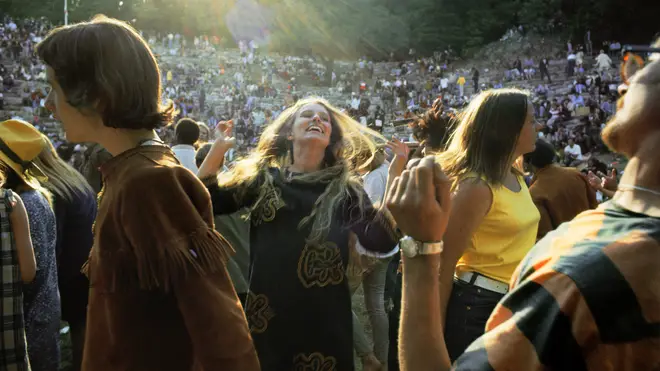
The precursor to the rock festival was the jazz festival, the biggest of which was the Newport Jazz Festival, which first took place in Rhode Island, USA in 1954. In fact Reading Festival had its roots in the National Jazz Festival, which first took place in Richmond-upon-Thames in August 1961 and cited Newport as its inspiration. By 1971, rock music had taken over and the event had moved to Richfield Avenue, where it remains to this day.
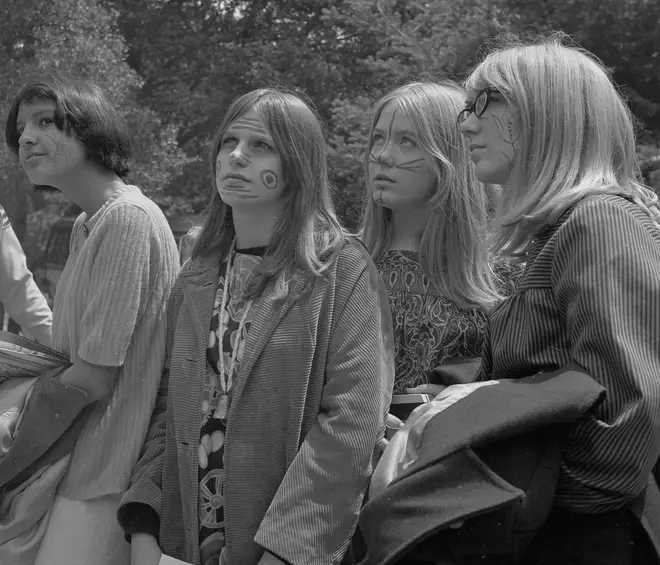
In January 1966, there was something called the "Trips Festival" in San Francisco, which was part of the notorious "Acid Tests", in which musical performances and light shows all aided the consumption of the then drug of choice, LSD. But while the Trips Festival lasted three days and saw The Grateful Dead, Jefferson Airplane and other bands from San Fransisco's counterculture play, it took place in the middle of winter and indoors.
The modern festival era is generally thought to have been kicked off by the Monterey Pop Festival in California in June 1967. Landmark sets by The Who and The Jimi Hendrix Experience were filmed for a documentary that took the concept of the rock festival around the world.
However, Monterey wasn't the first.
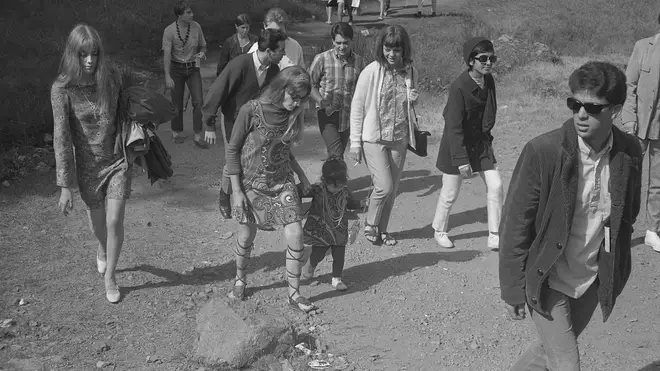
The first modern rock festival as we know it was the KFRC Fantasy Fair And Magic Mountain Music Festival, which took place at the Cushing Memorial Ampitheatre in Marin County, California on 10th and 11th June 1967, pipping Monterey to the post by an entire week. The show was originally set for the previous weekend, but bad weather had put a stop to that.
KRFC was a local radio station that sponsored the gathering and the setting was a stone amphitheatre situated on the side of Mount Tamalpais, which could host 4,000 people. However, according to different reports, anything between 15,000 and 40,000 people actually showed up for the festival.
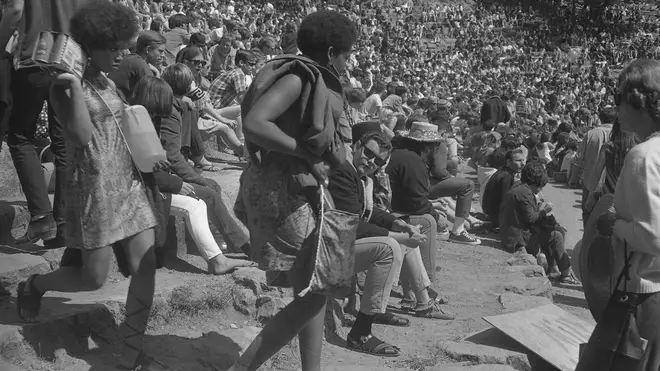
But who played this landmark event? For the $2 entrance fee (proceeds went to a nearby child centre), you could see some of the key artists in what became known as the "counter-culture".
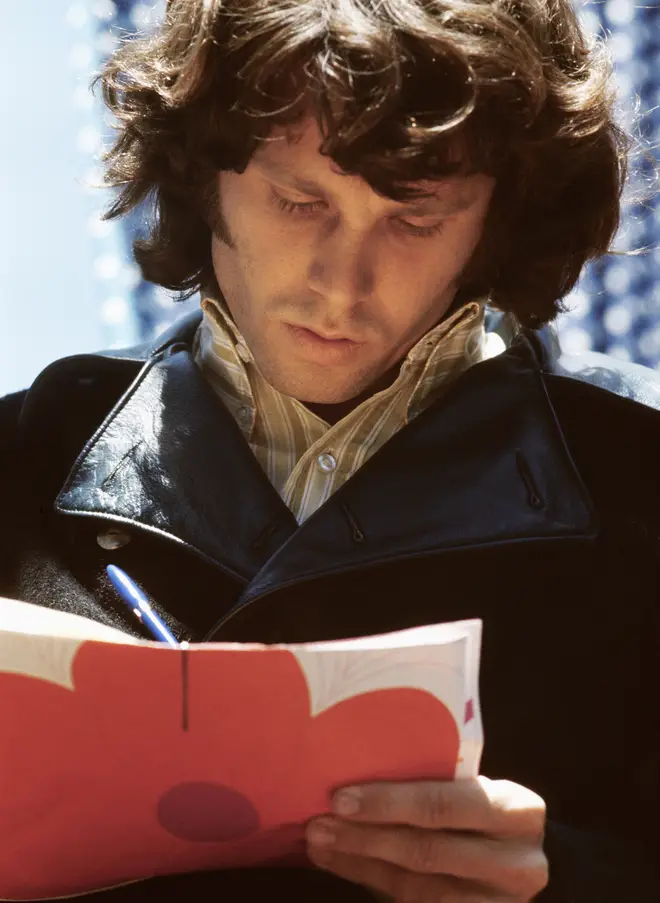
On Saturday 10 June 1967, you could have seen blues rockers Canned Heat, soul singer Dionne Warwick and The Charlatans - but not the Tim Burgess lot as Tim was only born a couple of weeks earlier. This Charlatans was a Californian act who were the reason Burgess and co had to call themselves "The Charlatans UK" in the States.
Also playing in the coveted 2pm spot were the hot new band The Doors, whose latest single Light My Fire was on its way up the US charts (it would eventually make No 1 in July).

The Doors- Fantasy faire & Magical Music festival. 1967
Sunday 11 June's bill featured The Byrds (fresh off the back of their fourth album Younger Than Yesterday), local lads The Sons Of Champlin, the ubiquitous Jefferson Airplane (who apparently played Sunday morning AND Sunday afternoon) and the legendary Captain Beefheart.
The festival rounded off at 5pm with a half hour set by Tim Buckley (father of Jeff) and a closing appearance from The Steve Miller Band.

According to the "Marin History" blog, visitors to the festival were greeted by a "giant Buddha balloon". The experience of attending the festival itself was described in vivid detail:
"When you arrive at the Fantasy Fair, you will immediately surrounded by colour and motion, the good vibrations of thousands of people flowing with the natural beauty of Mt. Tamalpais.
"The major happening is you, your feeling of good will, and your knowledge that the Fair and the Mountain are a part of you, therefore yours to enjoy.""

The Doors- Fantasy faire & Magical Music festival. 1967
Also at the festival site was something called the "Geodesic Dome Light Chamber", which was an 8-minute trippy light show. There was also a giant slide, tree swings and a "valley of dancing". Sounds just like Glastonbury in the 21st Century, doesn't it?
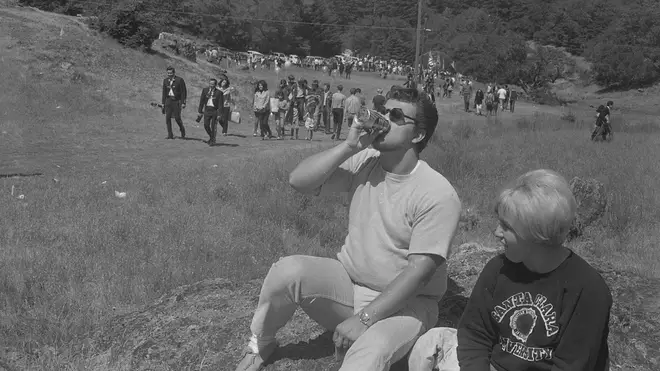
And to prove that some things never change, the San Francisco Chronicle noted in its review of the festival that Monday: "The weekend crowd was remarkably well-behaved and about the only real beef the kids had was the long — two hours and more — wait for the 'Trans-Love' buses that carried them up and down the mountain."
Sound familiar?